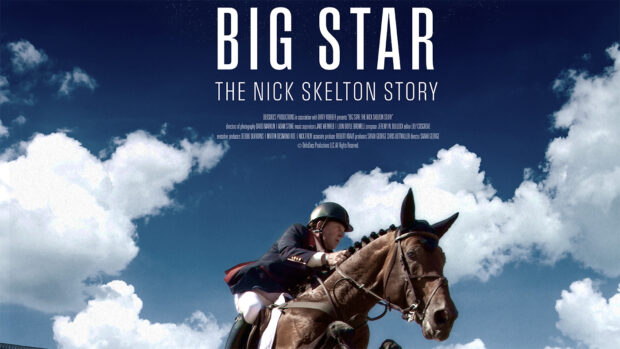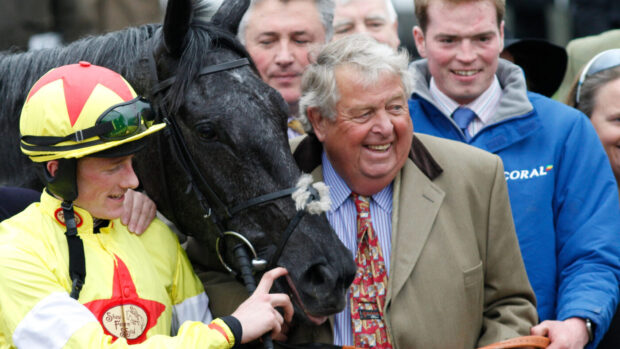We are counting down the days to the long-awaited Tokyo Olympics with great anticipation. After an unprecedented five years as the title holder, Great Britain’s Nick Skelton will finally pass on his Olympic crown – but who will take the title? A new format for the 2021 Olympic Games in Tokyo means the competition will have a very different look and feel so Horse & Hound’s showjumping editor Jennifer Donald explains everything you need to know ahead of kick-off at the start of August.
What’s new about the Olympic showjumping format?
The two key differences from previous Olympics are that the individual medals will now be decided before the team competition and there are only three riders in each nation’s squad, rather than four. One of the reasonings behind this decision was to make it easier for people outside the sport to understand – every rider’s score will contribute to their country’s tally.
Additionally, in the team final, there will be a 20-minute break after the first two riders from all 10 teams have jumped. An intermediate classification of teams will be established and used to determine the starting order of each team’s third rider in reverse order of merit – it’s going to a real thriller, right down to the wire.
Is there a team drop score?
No, with just three riders in a team, every score will count for each nation in the team competition. Riders who withdraw, retire or are eliminated from the team competition will not be given a score and the team will be classified according to the remaining scores – beneath those teams who field three scores. Teams which have two riders withdrawn/retired/eliminated will be eliminated. In the case of disqualification of any horse or rider, the whole team is disqualified and may take no further part.
Can a horse or rider be substituted in?
No substitutions can be made during the individual qualifier, in which three combinations from each nation are permitted, or individual final. But between the end of the individual final and up to two hours before the start of the first team competition, combinations may be changed and one substitution may be made between the end of the team qualifier and the start of the team final. No substitutions are allowed for a jump-off, however.
What should we expect from the Olympic showjumping tracks?
The tracks will consist of 12-15 obstacles including at least one double and a treble with a minimum height of 1.40m to a maximum 1.65m, including two verticals of 1.60m. A water jump (with a width of between 3.8m and 4m) will be used on at least two days during the competition, with an official camera installed to ensure any faults caused by a horse not clearing the water are accurately recorded.
Continued below…
You may also be interested in…

Changes to Olympic places as court rules on FEI mistakes *H&H Plus*

Battle for Tokyo spots is on as US showjumping team announces shortlist
US Equestrian announced the 10 riders that will undergo “continued observation” ahead of the team selection

Subscribe to Horse & Hound magazine today – and enjoy unlimited website access all year round
What dates are key for Olympic showjumping fans?
3 August: one-round individual qualifier for 75 combinations (a maximum of three from each nation)
4 August: individual final for the top 30 combinations, all of whom start on a zero score. Riders will go on to a jump-off if there’s a tie for medals.
5 August: rest day
6 August: team qualifier for 20 teams (three riders per nation)
7 August: team final for the top 10 teams, all of whom start on a zero score. There will be a possible jump-off (involving all three team members) if there’s a tie for medals.




